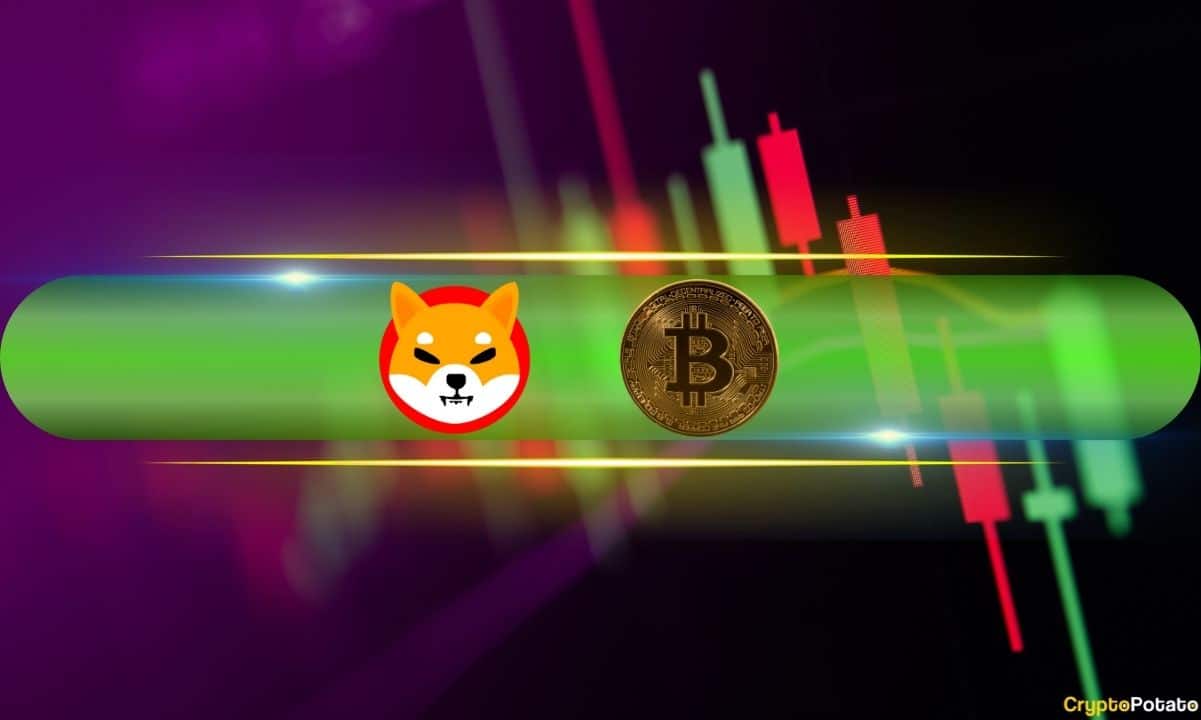3 Most Serious Claims in the SEC Lawsuit V. Binance
On Monday, the U.S. Securities and Exchange Commission (SEC) pressed a slew of charges against Binance, marking one of the agency’s most significant enforcement actions against the crypto industry in history.
Let’s have a look at the regulator’s most stunning allegations against the exchange, alongside Binance’s response to its claims.
What Did Binance Do?
The 136-page filing accused Binance and Binance US of partaking in “unregistered offers and sales” of crypto asset securities, while serving the function of an “exchange, broker-dealer, and clearing agency” without prior registration.
Among its illegal securities offerings were its yield-generation schemes “BNB Vault” and “Simple Earn,” alongside the platform’s native token BNB, and its stablecoin BUSD. BNB is currently the 4th largest cryptocurrency by market cap, and Binance holds a significant portion of its total supply.
Without the oversight typical of registered exchanges and broker-dealers, the SEC said Binance also moved and commingled customer assets in ways that regulated firms wouldn’t have been able to.
For example, the agency said Binance and Binance US commingled billions of dollars in users assets from both platforms within an entity called “Merit Peaked Limited”, which is controlled by both Binance and its CEO, Changpeng Zhao (CZ).
Those assets were then transferred to third parties – similar to what former FTX boss Sam Bankman-Fried had done at his now-collapsed exchange.
In general, the lawsuit claims that Binance and CZ exercised control over Binance US and the assets on its platform, despite the pretense of independence from the American entity.
It also accused Binance of secretly continuing to service its most valuable US clients at the international exchange, as alleged by the Commodities and Futures Trading Commission in March.
Finally, the SEC alleged a Zhao-controlled entity called “Sigma Chain” engaged in wash trading at Binance US to inflate the trading volume and valuation of certain assets on the platform. This was possible since the entity did not implement the “surveillance or manipulative trading controls” that the firm’s management promised investors.
Binance’s Punishment and Response
As punishment for its violations, the SEC seeks to ban Binance from the securities and crypto trading businesses altogether and to pay disgorgement penalties for any of its ill-gotten gains that resulted from its actions, plus pre-judgment interest.
In a public response letter, Binance accused the SEC of not prioritizing investors, but instead attempting to gain “jurisdictional ground” in overseeing crypto against other regulators.
“All user assets on Binance and Binance affiliate platforms, including Binance.US, are safe and secure, and we will vigorously defend against any allegations to the contrary,” wrote the company.
Binance denied claims made by Reuters last month that it had mixed user funds with corporate funds, saying any “mixing” that occurred was simply to convert users’ dollar deposits into BUSD.
The post 3 Most Serious Claims in the SEC Lawsuit V. Binance appeared first on CryptoPotato.









